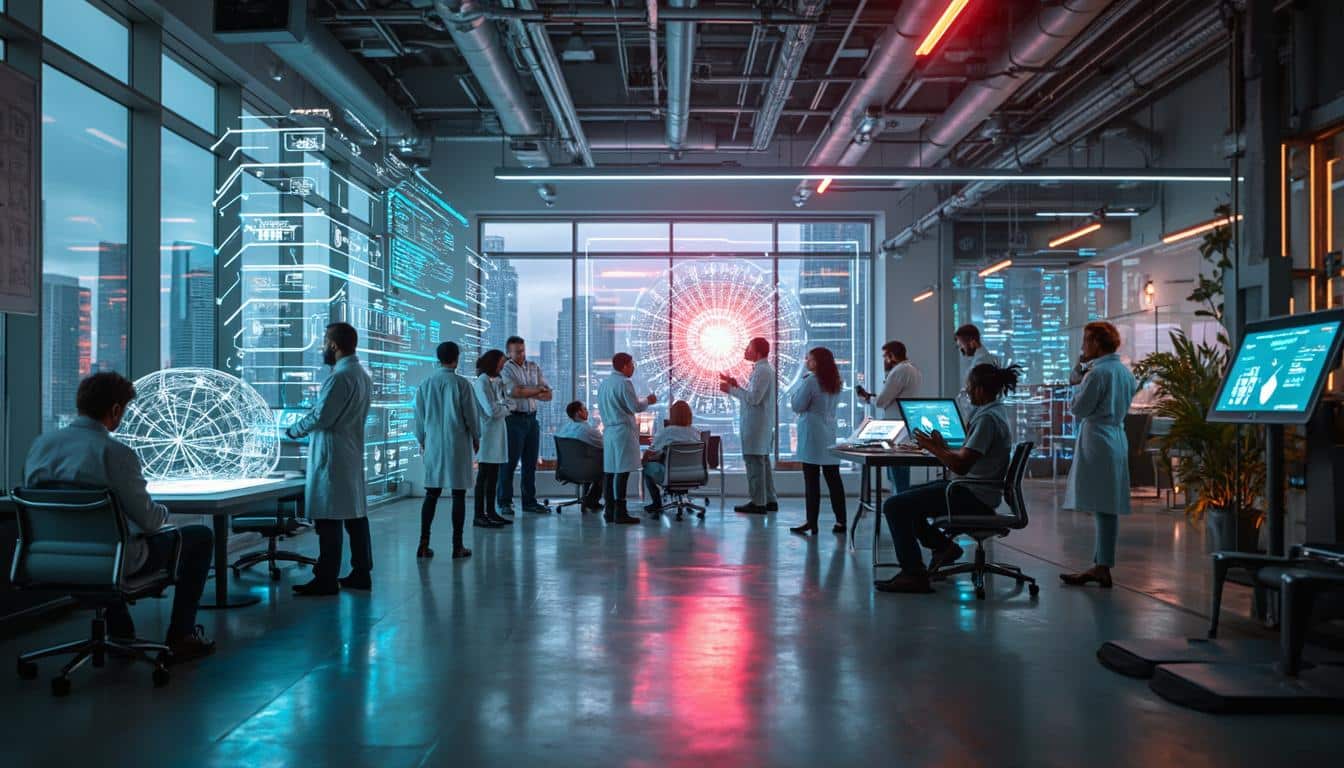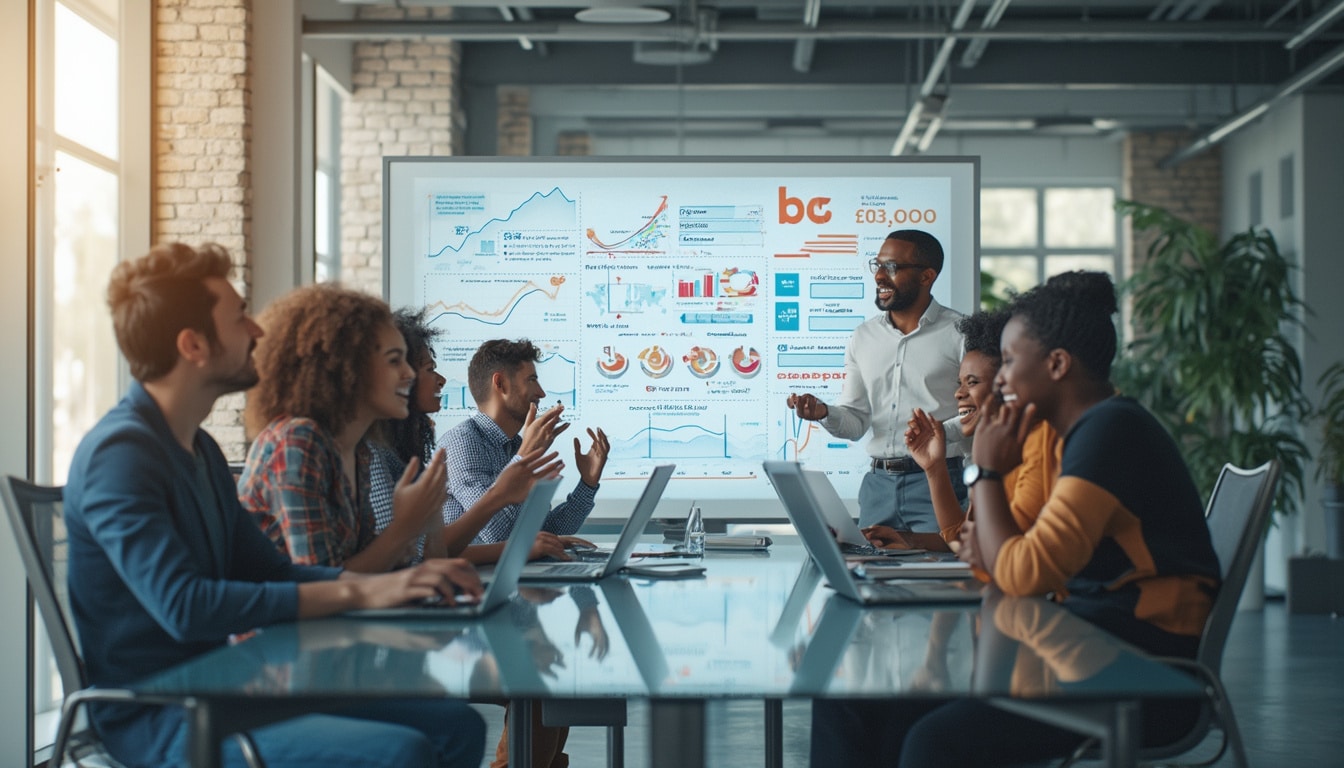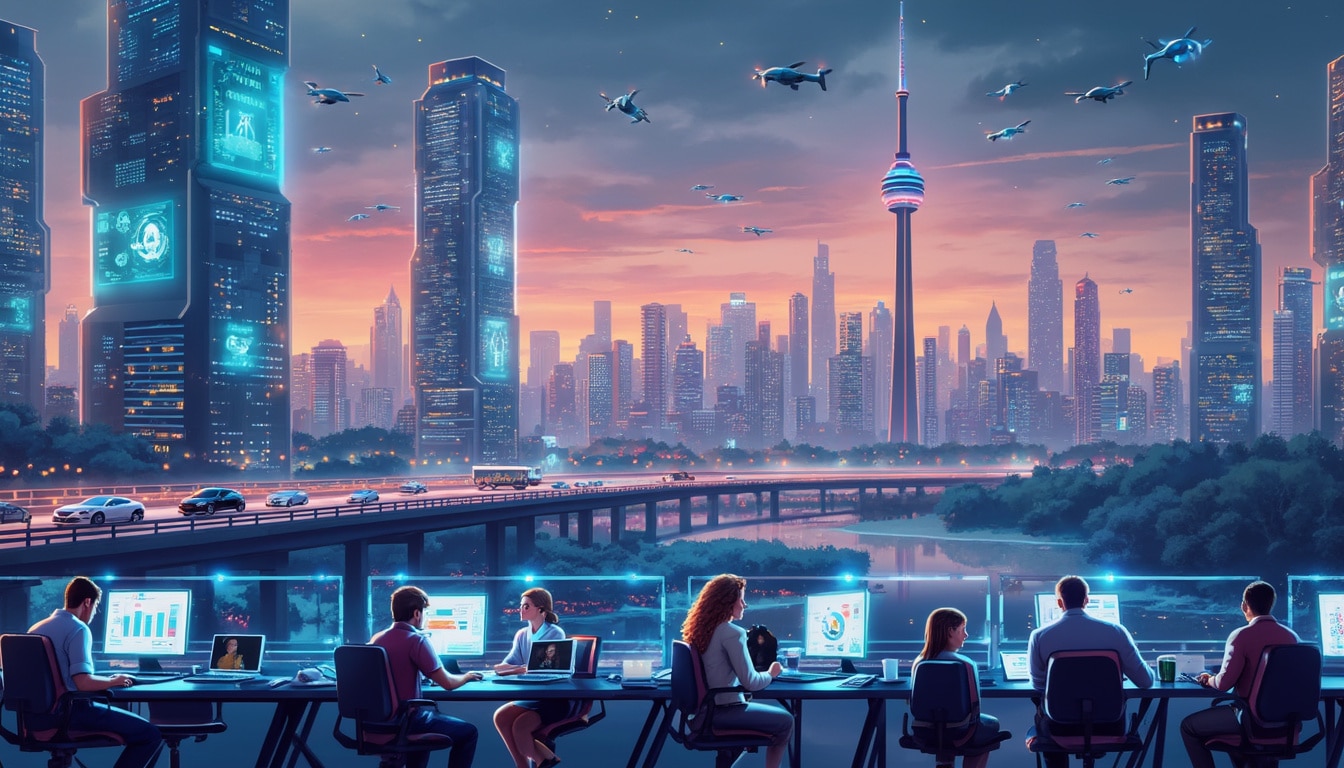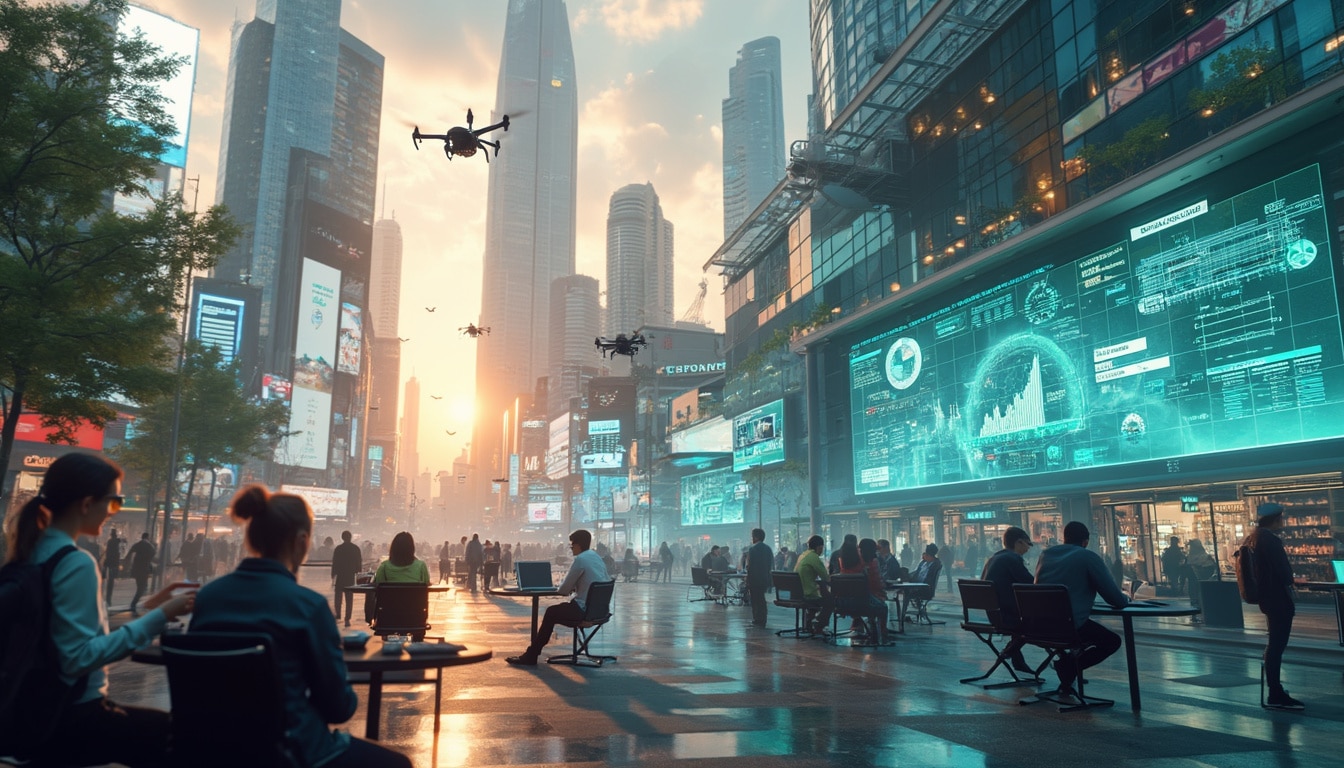Imagine a world where the future of the automobile is not limited to classic performances, but extends to a revolutionary experience where automation and innovation create cutting-edge vehicles. Tesla is at the forefront of this transformation, defying established norms and offering cars that not only meet expectations in terms of sustainability and efficiency, but also integrate artificial intelligence systems that transform every journey into an unprecedented experience. Through sound automation solutions, Tesla pushes the boundaries of the traditional automotive industry, redefining our way of seeing and interacting with the *automobile*.
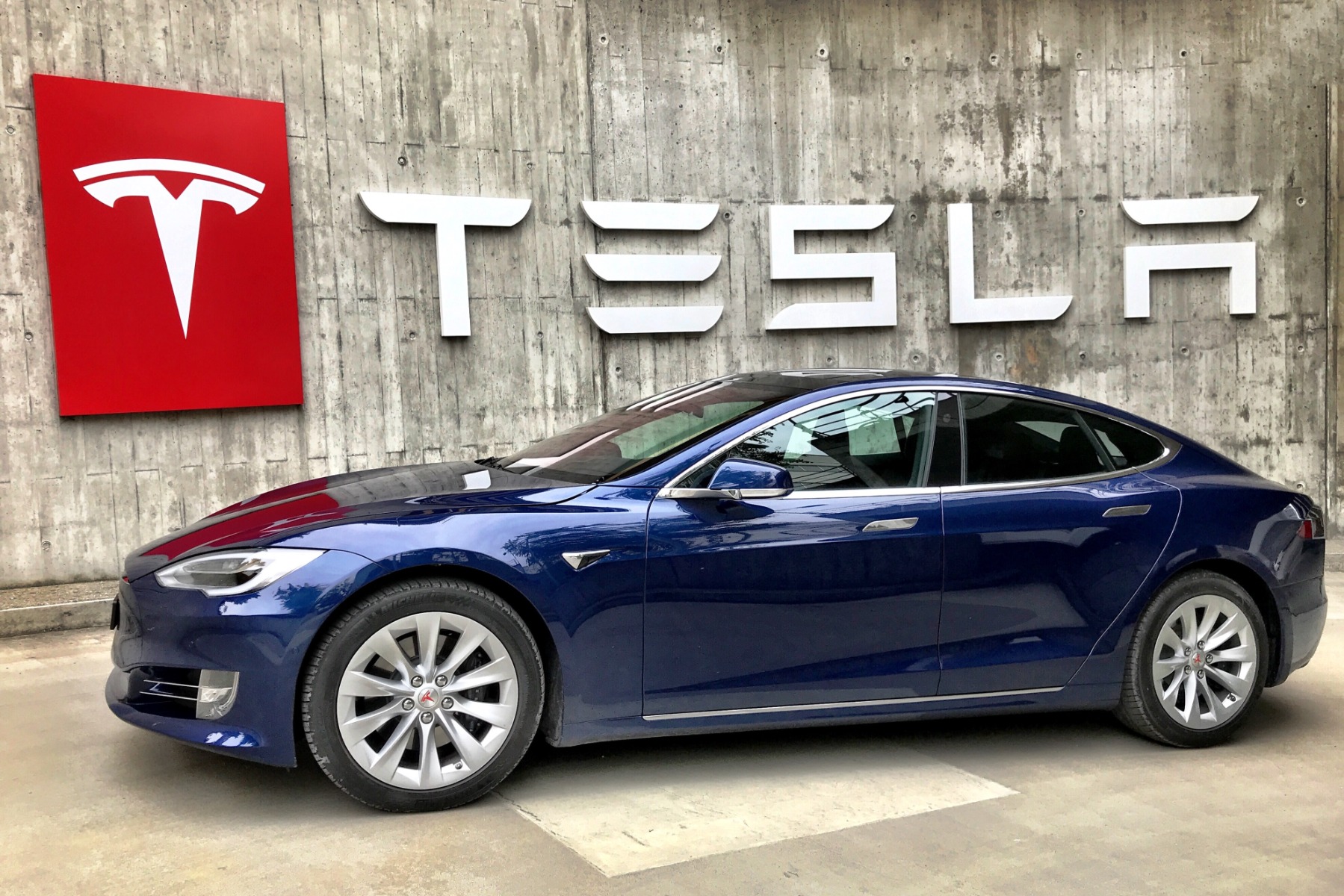
Today, Tesla asserts itself as an unquestionable leader in the automotive field, thanks to its innovative approaches that blend automation and advanced technology. By strategically integrating artificial intelligence solutions and automated processes, the brand transforms not only the driving experience but also the standards of the automotive industry. This article explores how this revolutionary company is redefining the automobile and influencing the future of transportation.
Table of Contents
ToggleArtificial Intelligence for Mobility
At the heart of Tesla’s technology lies a sophisticated artificial intelligence that drives innovation. Each vehicle is equipped with systems capable of continuously learning and adapting. Through advanced algorithms, these cars can detect obstacles, analyze traffic conditions, and optimize routes. This self-learning capability improves not only safety but also the energy efficiency of the vehicles.
Innovations That Change Design Standards
Tesla does not just design cars; it also redefines automotive design standards with a sleek and modern style. With models like the Model S and the Model Y, it successfully combines performance, aesthetics, and functionality. The futuristic silhouette of these vehicles attracts not only car enthusiasts but also environmentally conscious consumers looking for sustainable alternatives.
Automation of Production Processes
In its factories, Tesla applies automation principles to optimize the production chain. Advanced robots collaborate with workers to perform complex tasks with exceptional precision. This improves productivity while reducing the risk of human errors. This modern approach shows how automation can transform a traditional sector into an efficient and futuristic model.
A Connected Ecosystem
Tesla’s vision goes beyond merely manufacturing vehicles. It includes building a connected ecosystem that interacts in real-time. Through over-the-air updates, Tesla owners benefit from constant improvements to their vehicles without having to visit a dealership. This strengthens the bond between the brand and its customers while ensuring an unprecedented user experience.
The Vision of Sustainable Mobility
Tesla is also committed to promoting sustainable mobility. By producing fully electric vehicles, the brand helps reduce greenhouse gas emissions and minimize the environmental impact of the automotive sector. Furthermore, its innovations in battery technology provide impressive range, thus alleviating concerns regarding frequent recharging.
The Future of the Automobile
By implementing automation and innovation solutions on a large scale, Tesla is preparing the automotive industry for a promising future. The challenges ahead, such as regulation and the integration of new technologies, do not seem to deter this bold company. On the contrary, these issues motivate Tesla to innovate and refine its approaches, thereby shaping the future of mobility for generations to come.
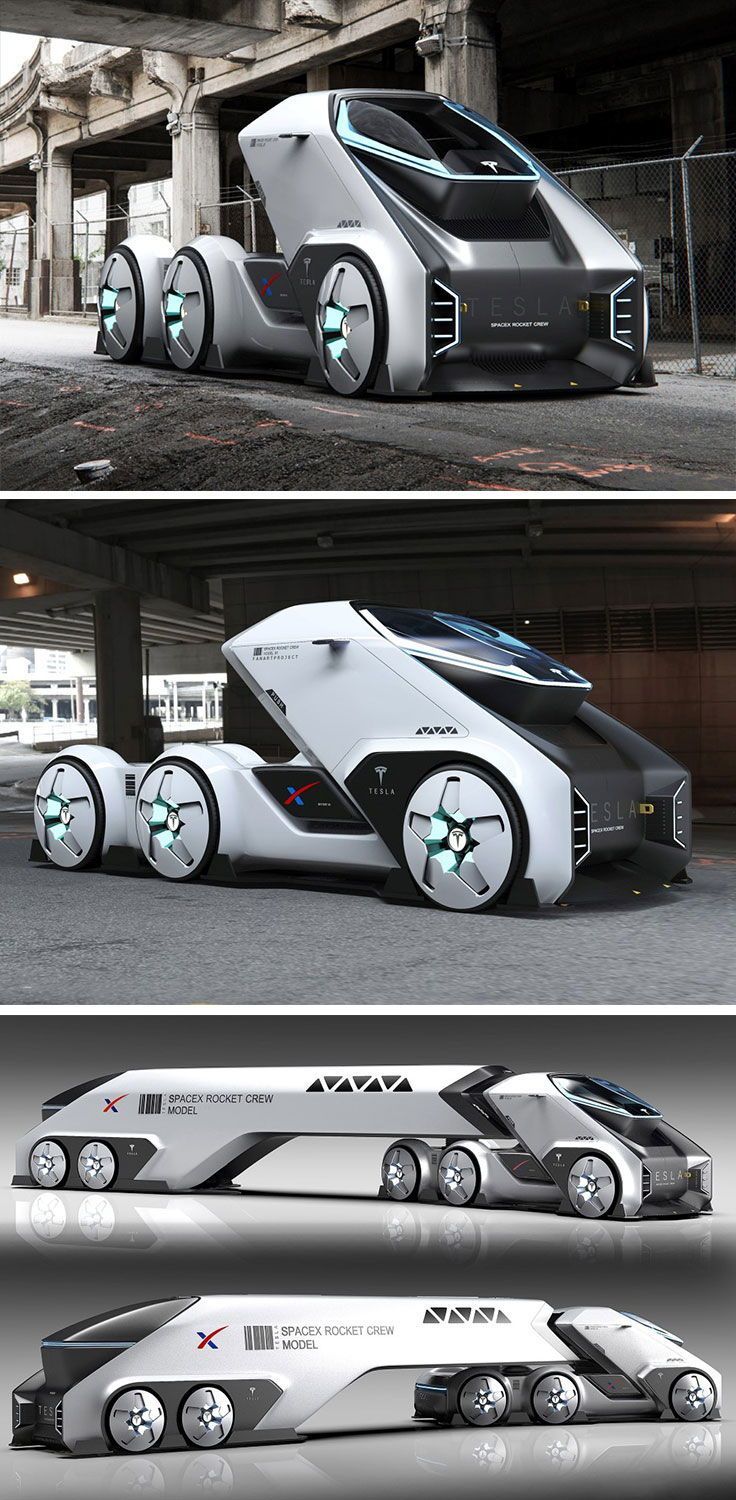
- Electric Technology – Massive adoption of electric vehicles with superior performance.
- Artificial Intelligence – Use of AI to optimize driving and improve safety.
- Autopilot – Autonomous driving system transforming the driving experience.
- Interconnection – Connectivity of vehicles with infrastructure for better route management.
- Automated Manufacturing – Use of robots for faster and more efficient production.
- Innovative Design – Modern and aerodynamic aesthetic, redefining aesthetic standards of the automobile.
- Digital Platforms – Integrated digital ecosystems for vehicle and service management.
- Update System – Remote software updates to enhance features without physical replacement.
- Sustainable Development – Strategies focused on clean energy and reducing carbon footprint.
- Accessibility of Technologies – Making advanced features accessible to a broad audience.
Bonne nouvelle : Tesla baisse finalement le prix de la Model Y la moins chère ! Mais c'est temporaire.
— Frandroid (@Frandroid) September 6, 2024
👉 https://t.co/siet9TGRTf pic.twitter.com/qBIM6fNuL0
“`







